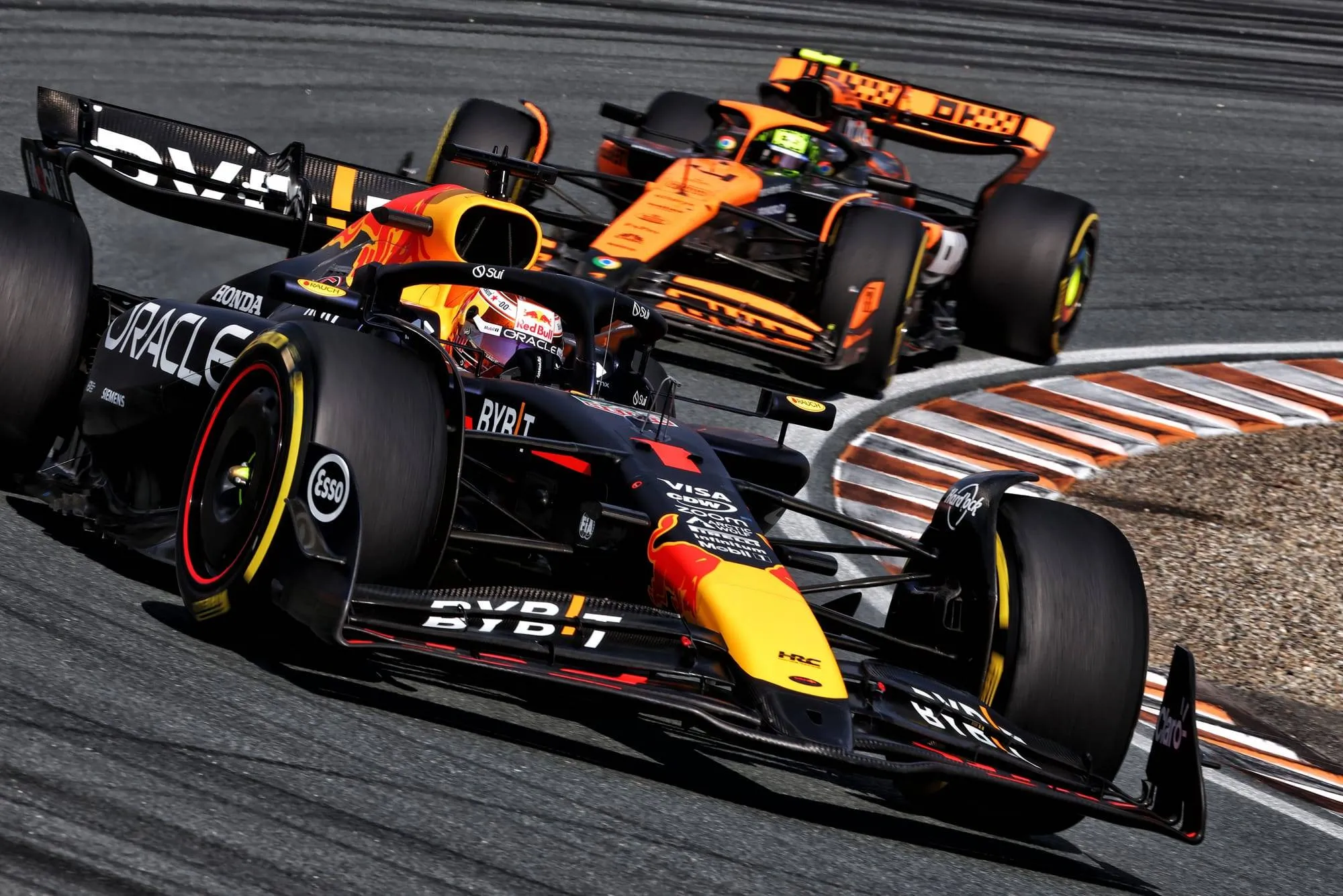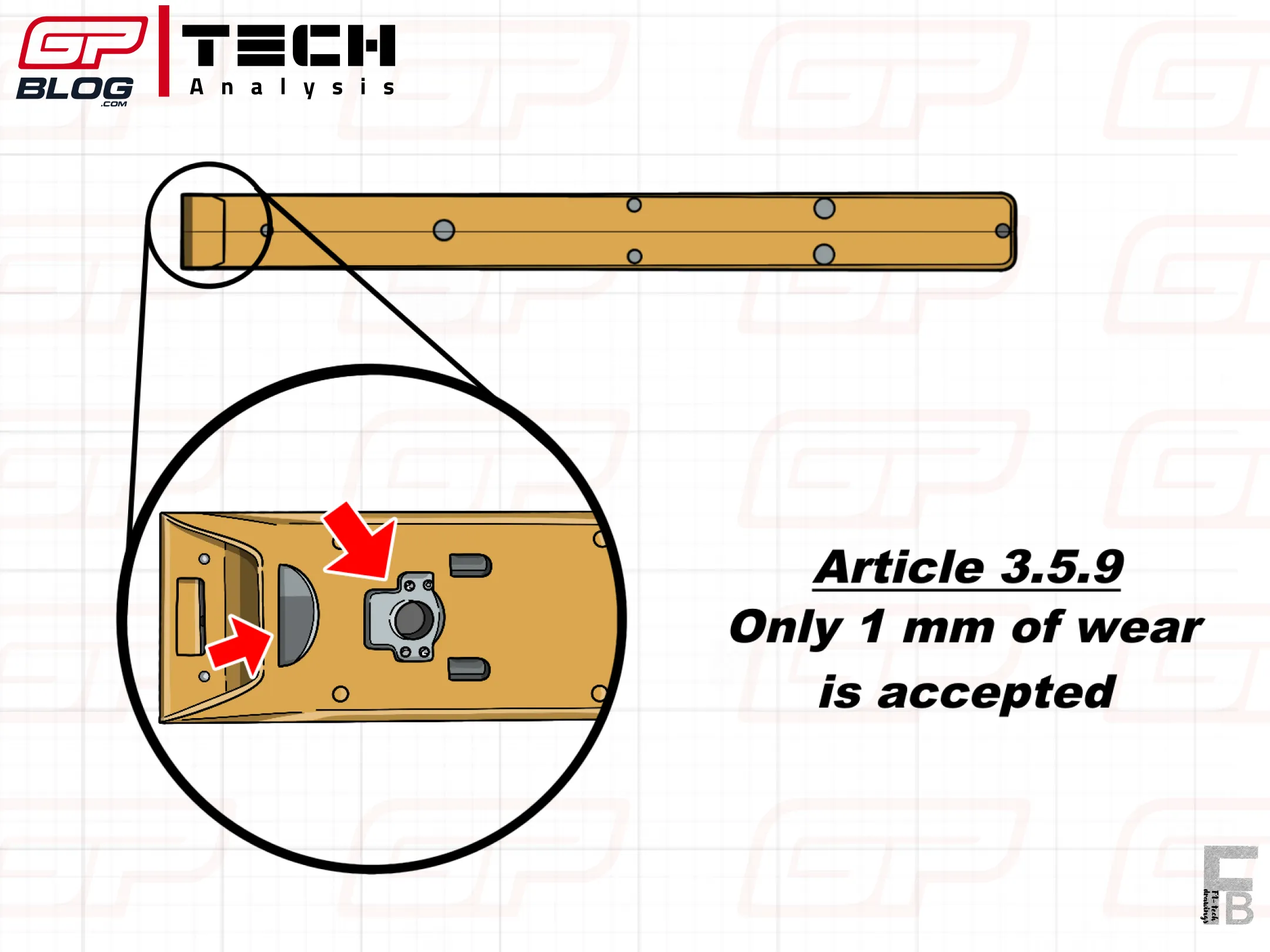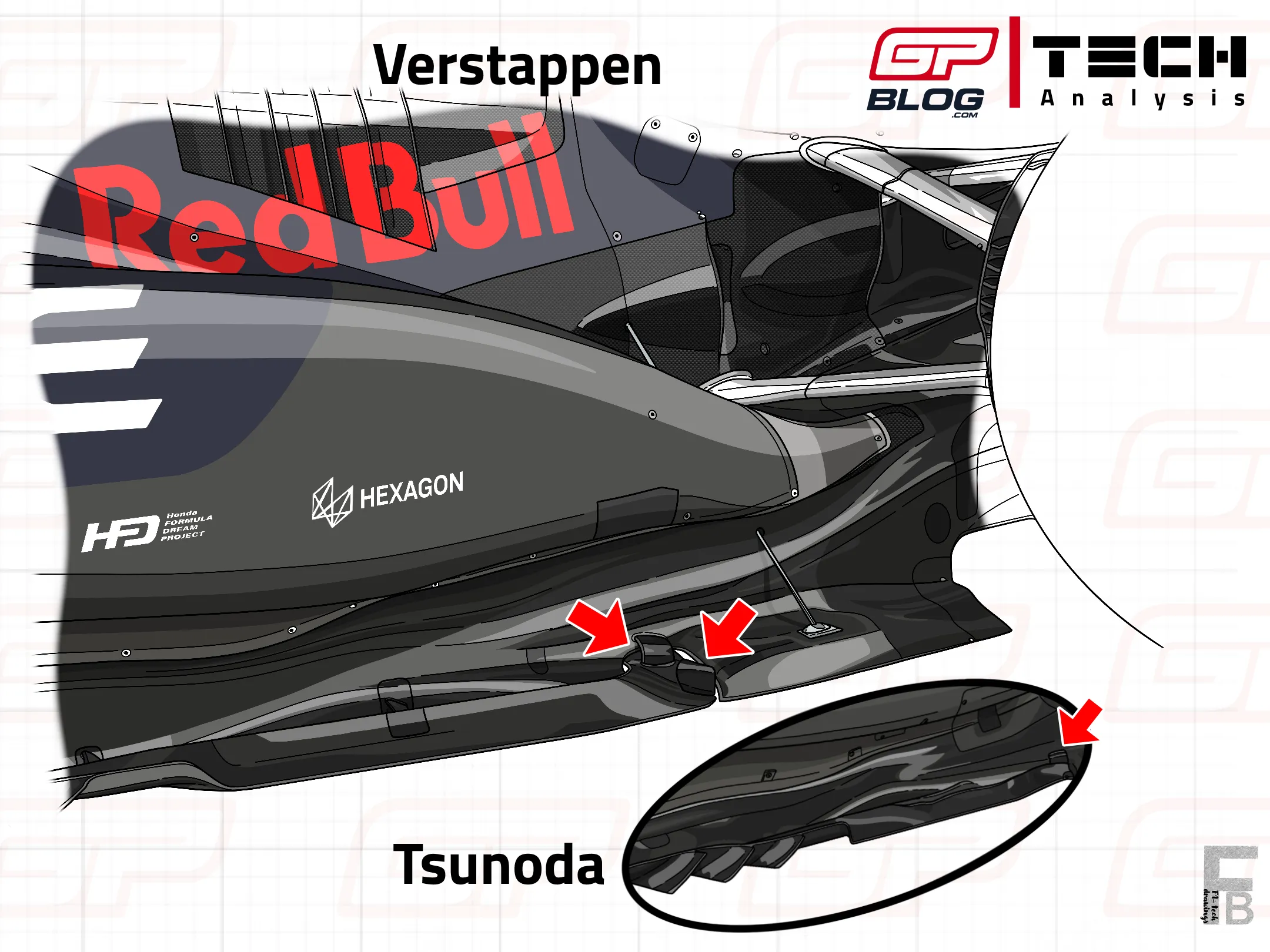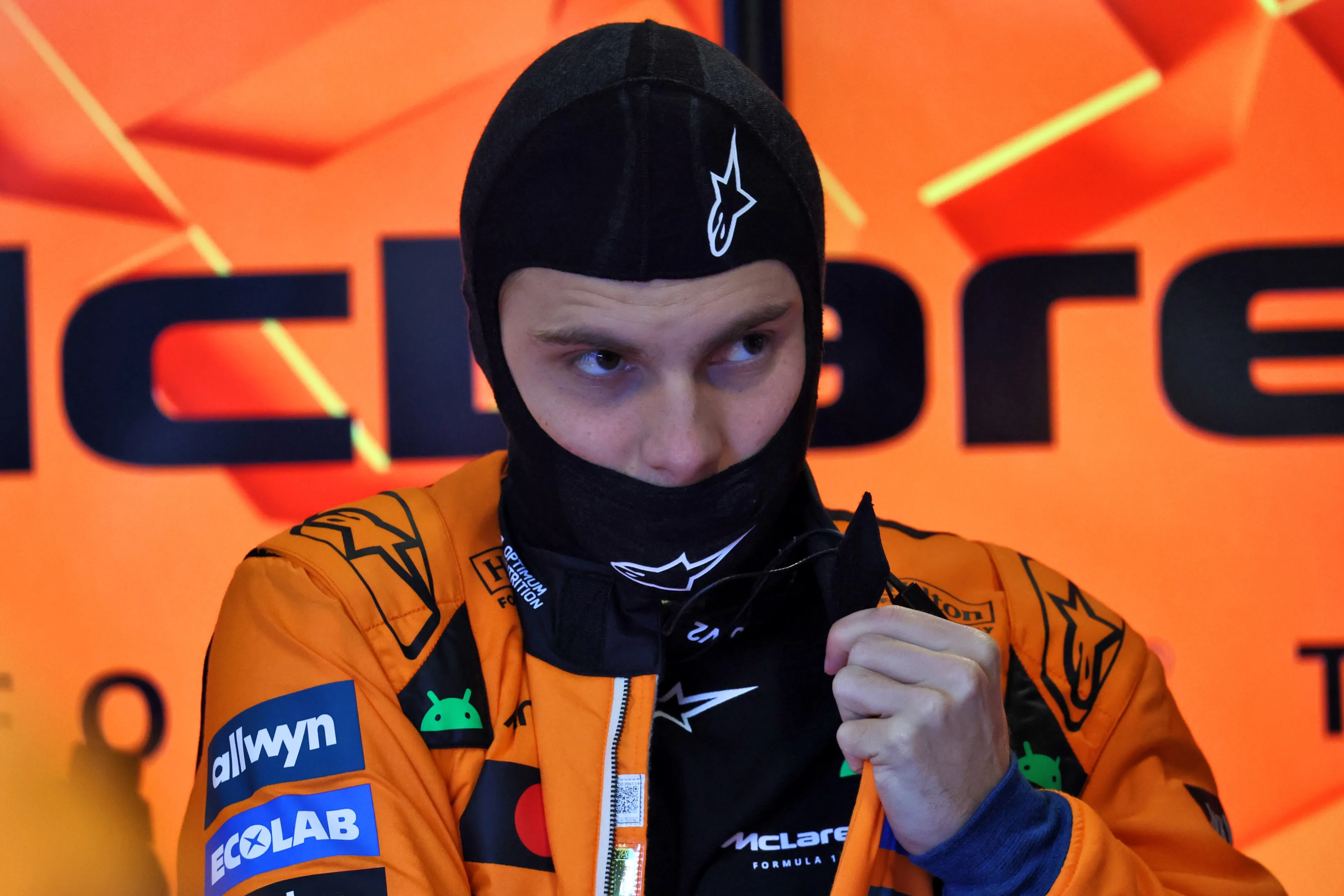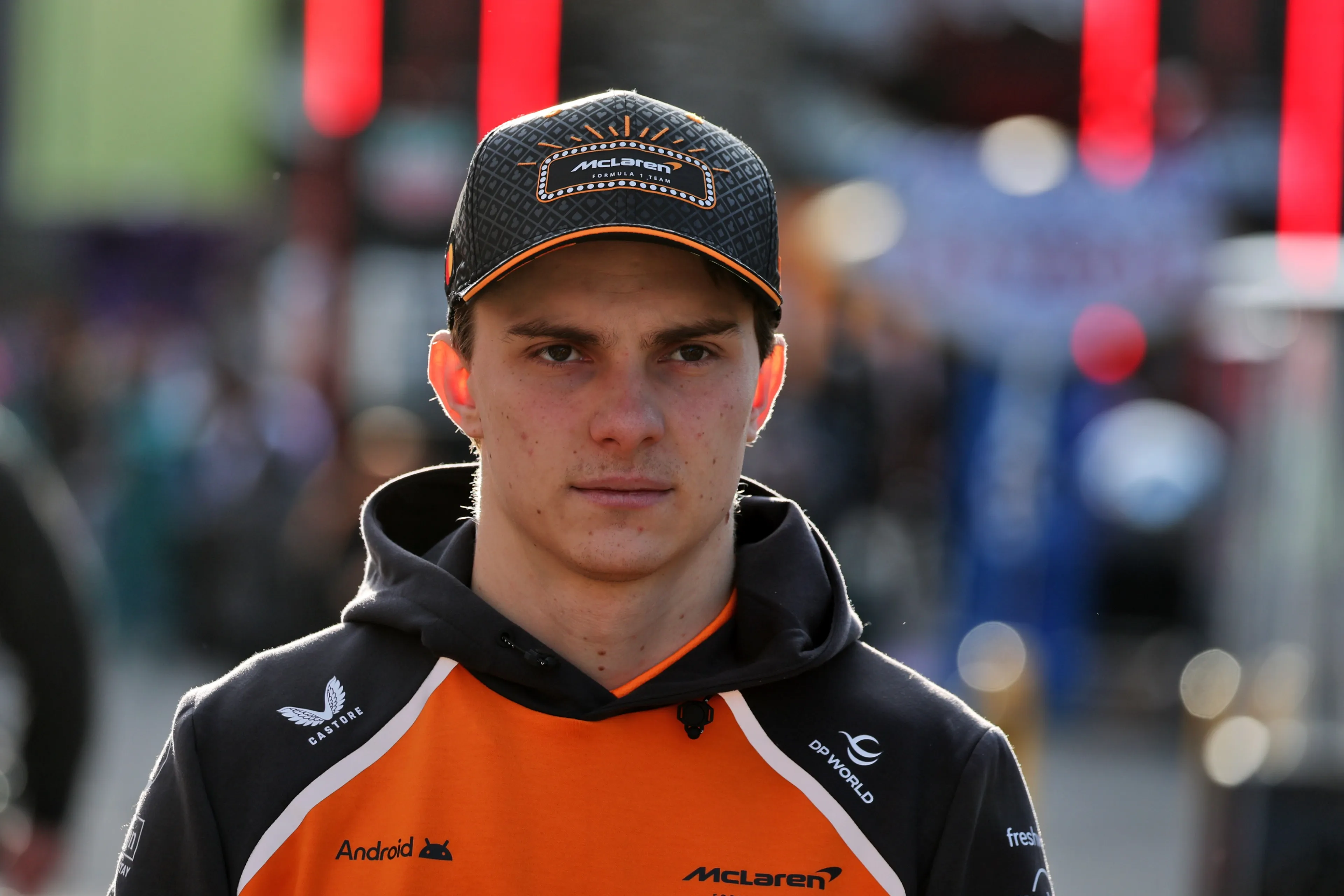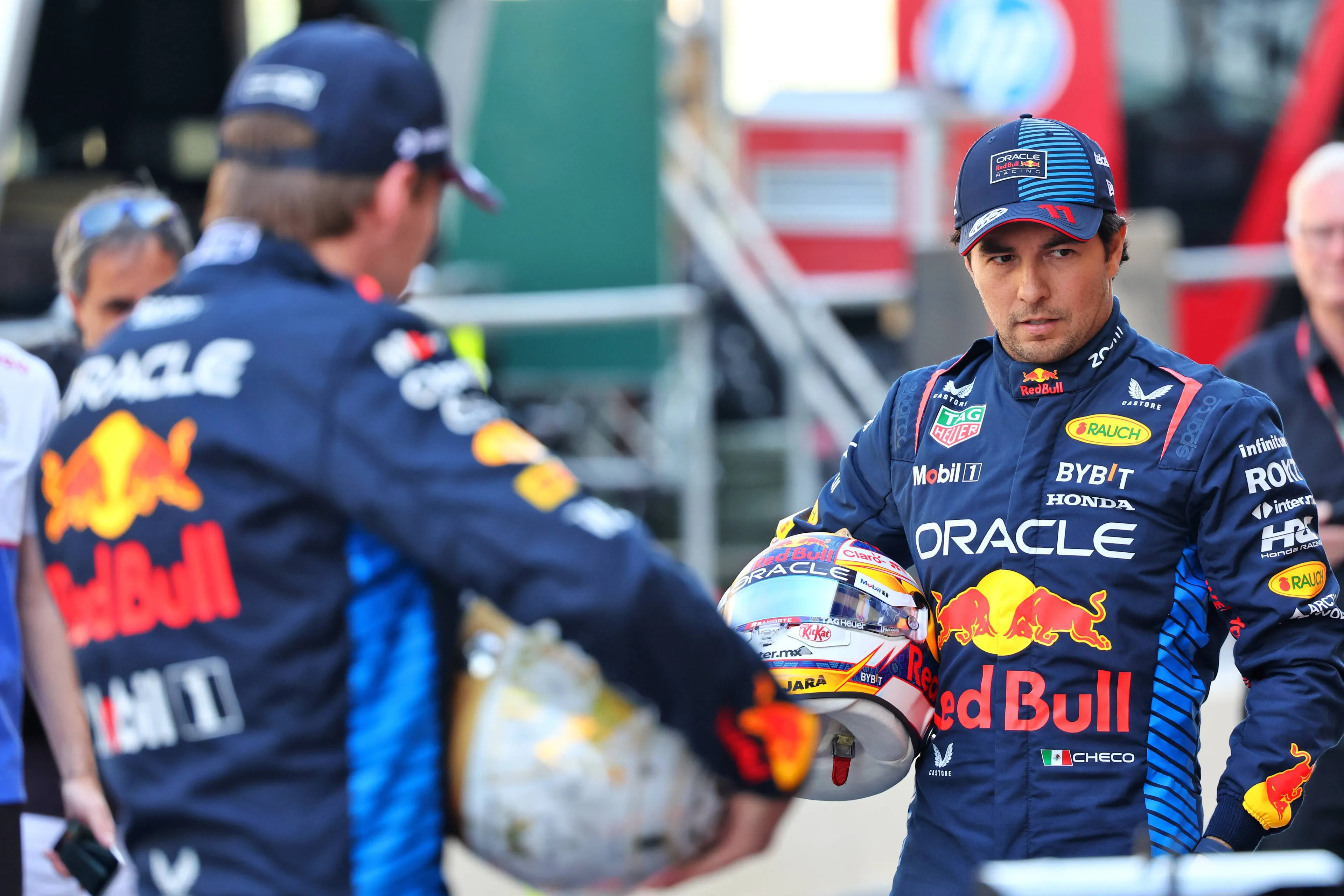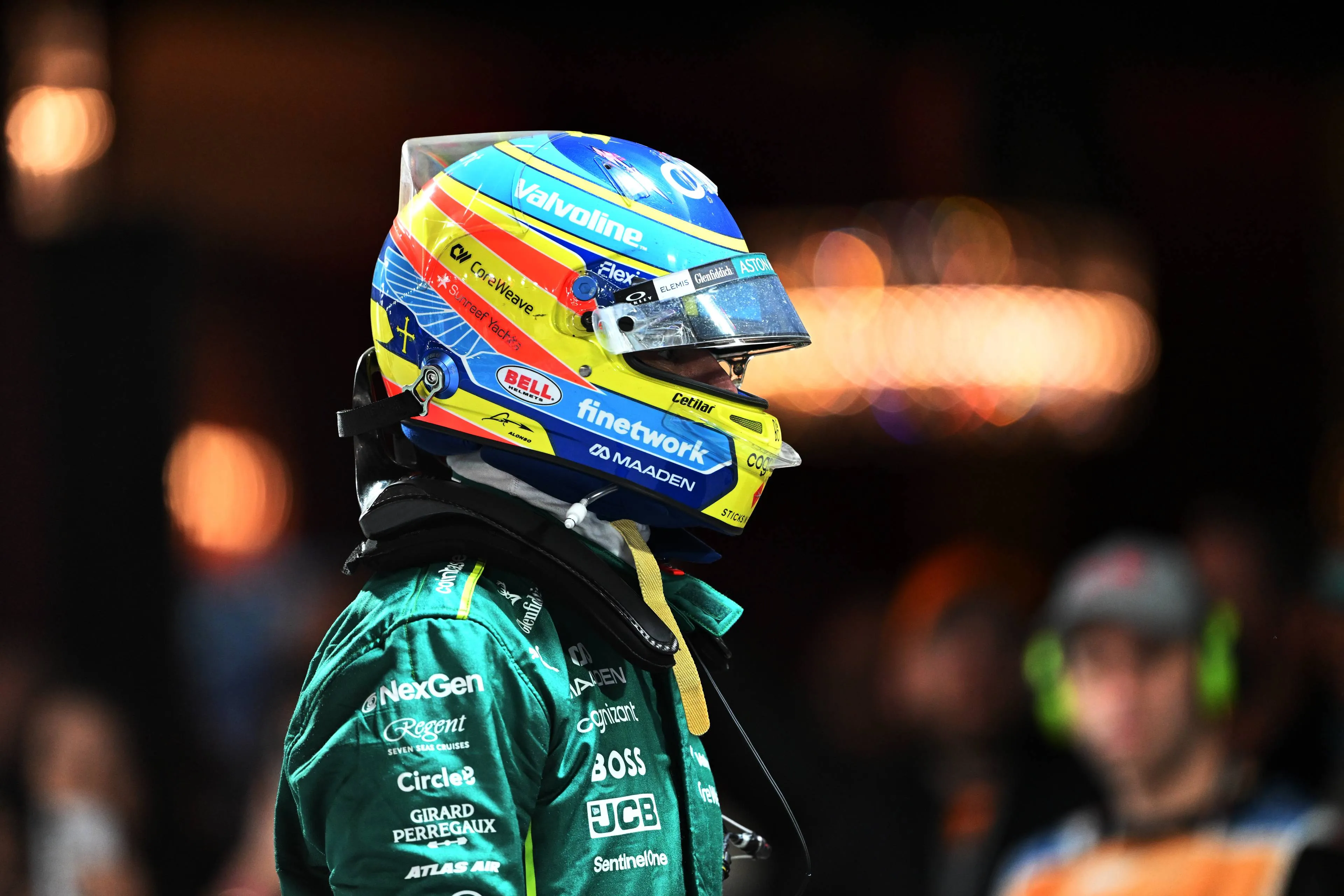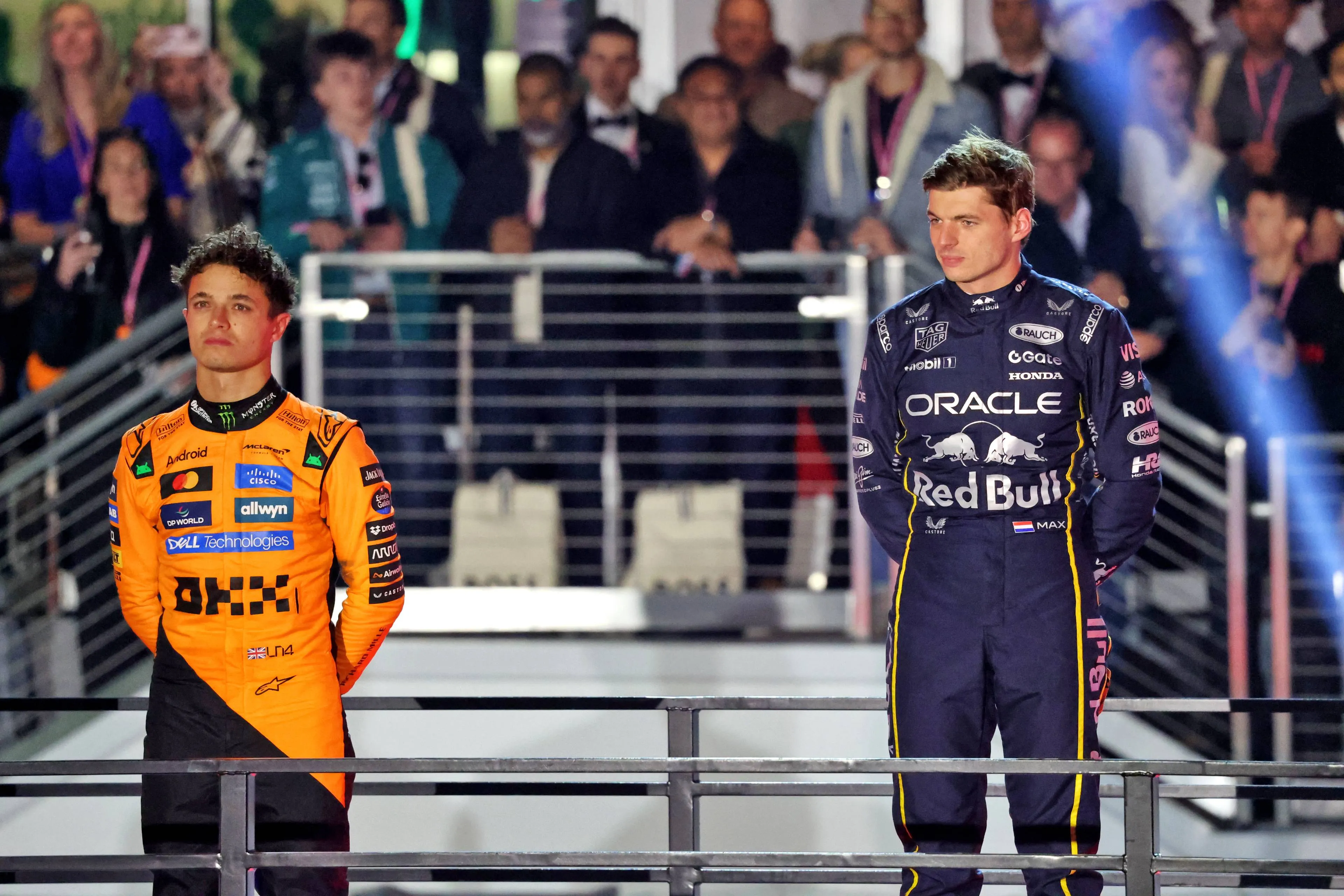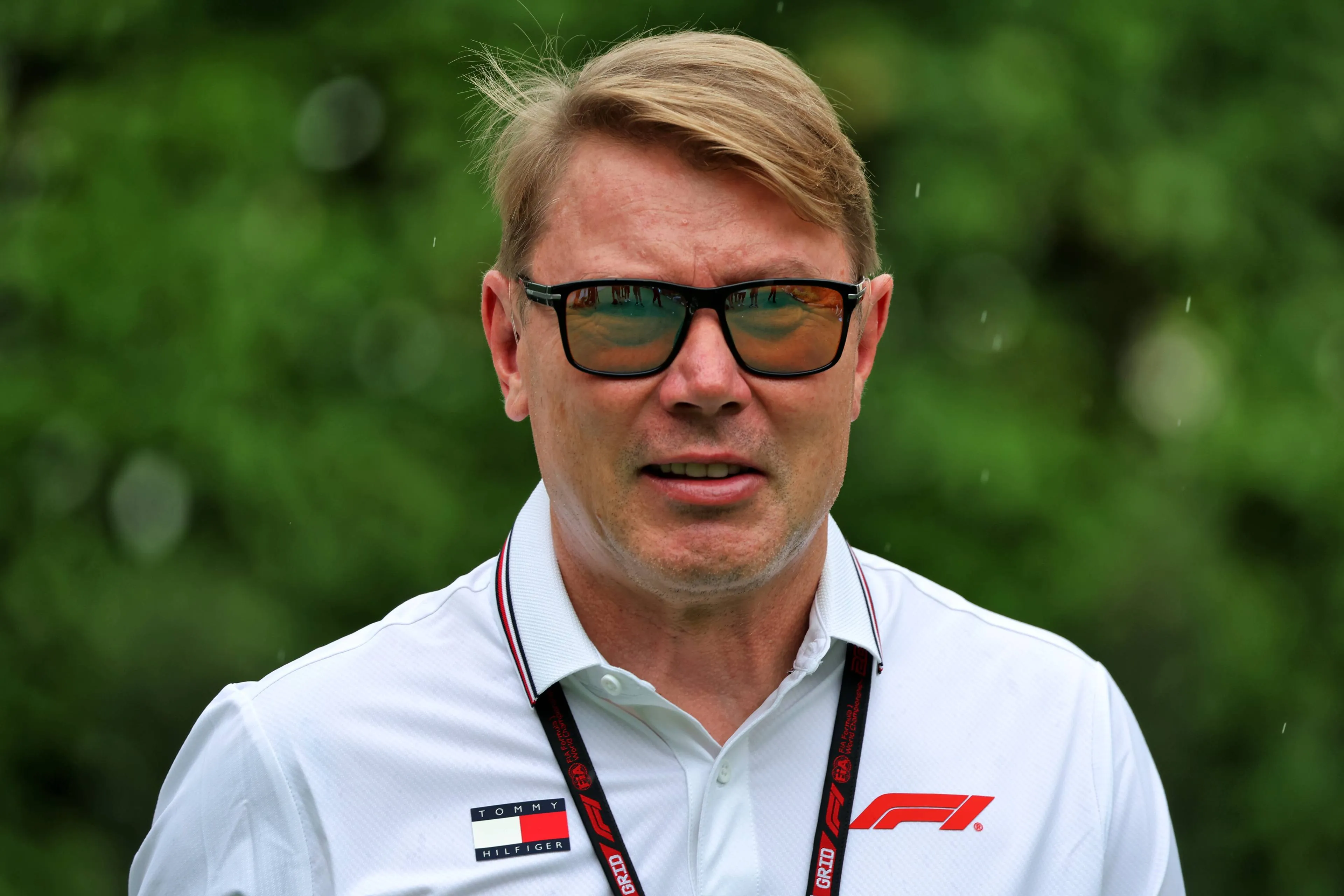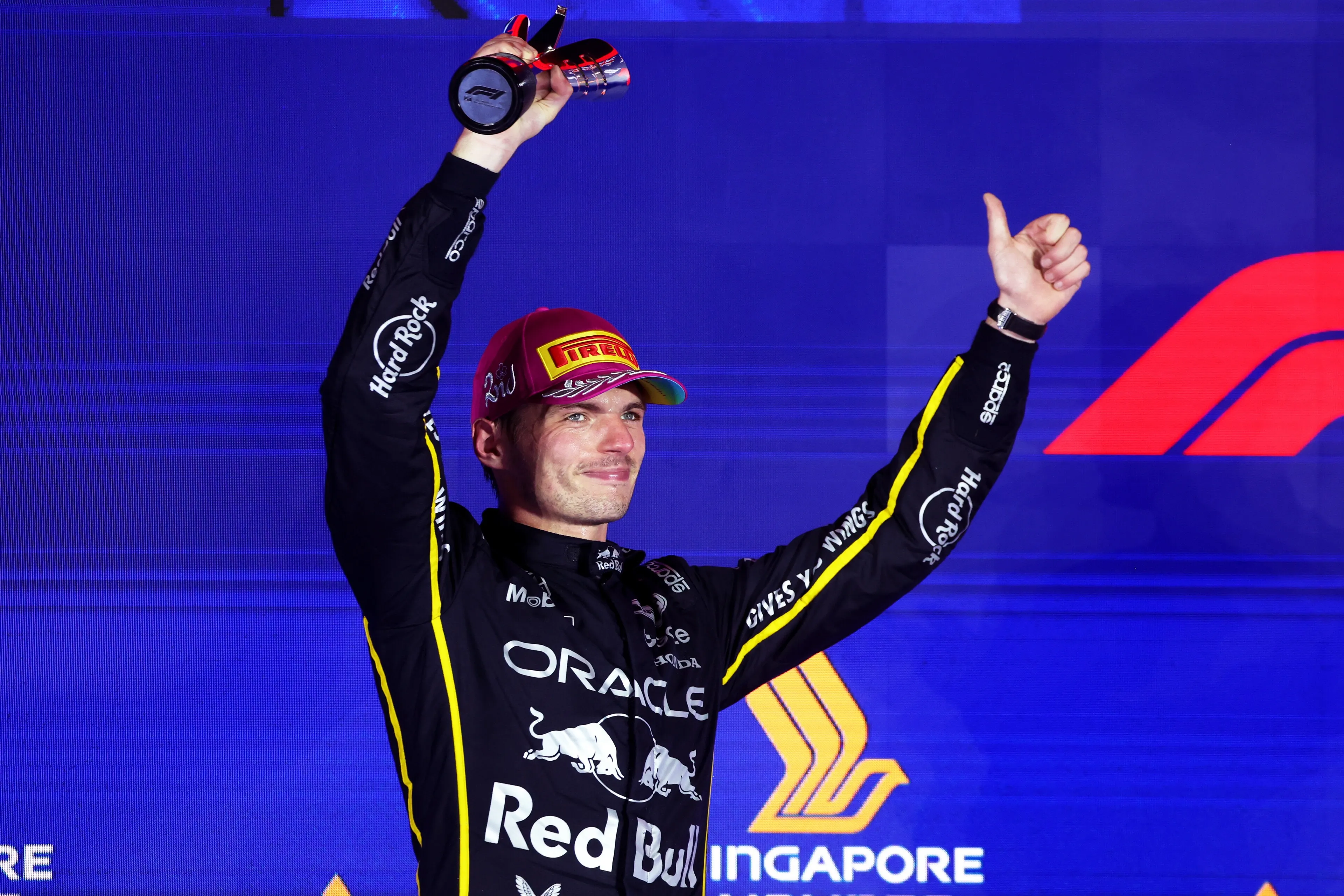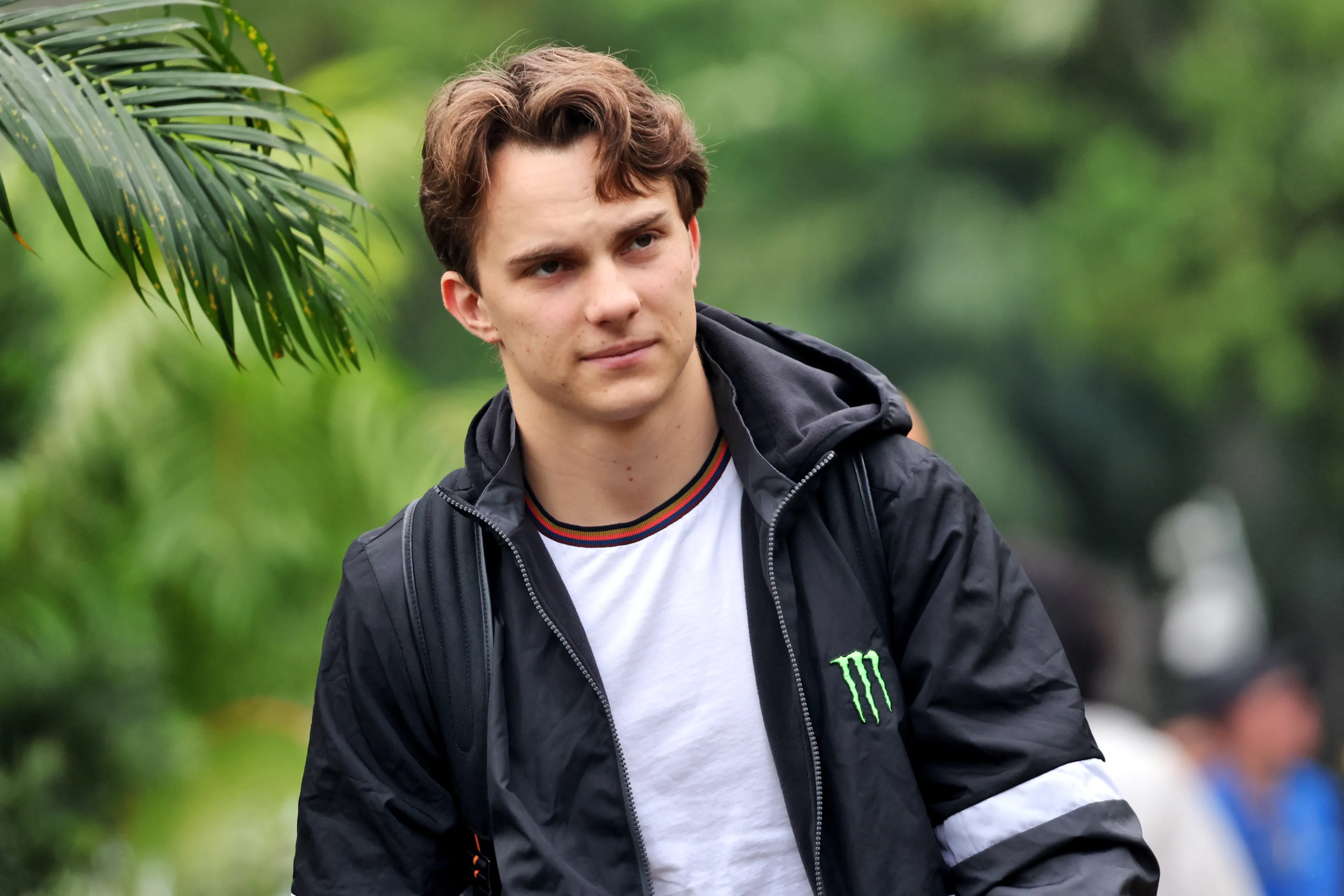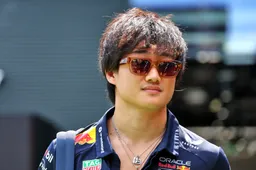After three weeks of summer break, the F1 Circus is ready to come back to one of the most historical venues of the whole calendar, Zandvoort. The Dutch circuit offers a variety of different corners, including some banked ones, which put a lot of stress on tyres. The variable weather, together with the high tyre deg expected for the race, may mix things up for next weekend. But which team is going to come out on top? Let’s try to find out.
The Zandvoort Circuit is a track characterised by fast corners, slow corners and a very long main straight. These aspects make it a very complex circuit not only to drive, but also for engineers to find the correct set-up: the first and second sector require more downforce, to make the car faster through all the medium speed corners and through the banked ones, while the third sector, characterised by a very long DRS straight requires a very efficient car, to make overtakes possible during the race as well.
As a consequence, teams usually choose medium-high downforce set-ups, to make the car competitive through the second sector, which is where the time is gained over the single lap in qualifying. Moreover, the slightly higher top speed guaranteed by the less loaded rear wing is a good weapon to gain time on the straights. Adopting a medium-high downforce set-up allows drivers to better manage the tyres during the race: due to the high stress caused by the banked and high speed corners, having more downforce available provides more stability and thus a better management of the tyre temperatures.
All these factors make Zandvoort very sensible to the set-up choices, as both the weather and the track evolution could have a huge impact in terms of performance on race day. A clear example was last year’s Dutch GP: Red Bull Racing drivers adopted two different rear wings for the weekend, with Perez using a less loaded version and Verstappen with the maximum downforce spec, the same used in Monaco.
As the weekend progressed, the track grip evolved, providing more and more grip as the tyre was laid down on tarmac. As the race began, the tarmac was providing so much grip that, the additional downforce (and thus grip) provided by the bigger rear wing used by Verstappen just put more stress on the tyres, causing the rear tyres’ temperature to skyrocket, making him lose performance and eventually being passed by Norris. On the other hand, Perez showed off a very stable and quick pace, which allowed him to finish the race in P6.
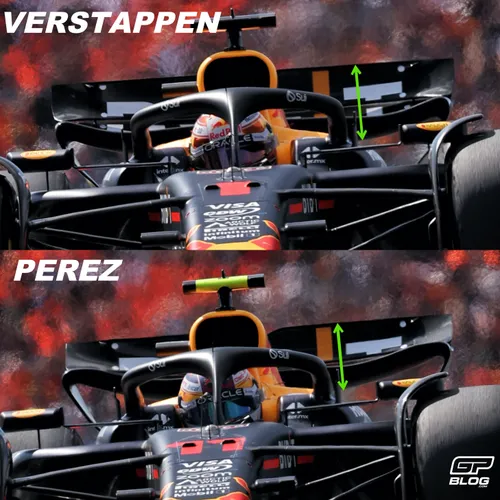
Verstappen vs. Perez rear wing choice for Dutch GP 2024
For this year’s race, Pirelli have decided to bring the C2-C3-C4 compounds, a set softer compared to last year. This choice could make tyre management even more critical during the race, as well as over the single lap: the softer compound could overheat over the lap, making it difficult to make the tyres last for all three sectors.
McLaren expected to dominate also in Zandvoort
Moving on now to analyse the teams’ performance for the weekend, McLaren seems to be the favourite one again, not only for the positive momentum the team is having, but especially because the circuit layout and the conditions should perfectly suit the MCL39. The presence of medium- and high-speed corners should exploit the car’s ability to generate downforce from the Venturi channels and the bodywork.
Moreover, thanks to the “efficient load” generated by the floor, the engineers could decide to adapt a medium-downforce rear wing, in order to have a good top speed on the main straight as well (in a very similar way to what happened in Barcelona this season). Last but not least, the MCL39 has demonstrated to be able to keep the tyres in their operating window in every condition, both over the single lap in qualifying and especially over long distances, making them last much longer than competitors, while setting competitive lap times.
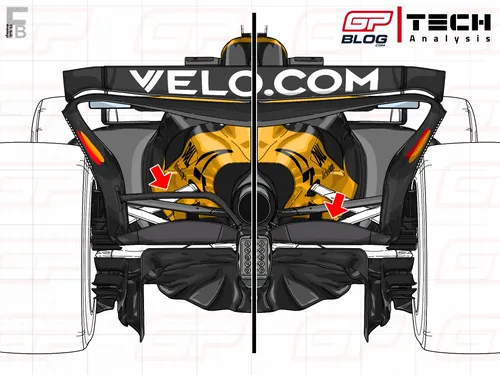
McLaren's rear wing and beam wing tested in Barcelona
All these aspects should allow Piastri and Norris to fight for the fifth consecutive one-two on Sunday’s race, probably with a margin over competitors, as it already happened on tracks like Austria and Hungary, which have a very similar layout to Zandvoort.
Read also
Ferrari expected to be the first team behind the Papaya pair
Moving now on to analyse Ferrari’s performance, the team has a very positive momentum after the new rear suspension has been introduced in Spa-Francorchamps. The new component, in fact, provided more mechanical grip on the rear axle and it also enlarged the operating window of the car, making it more balanced and faster, without requiring extreme set-ups.
The new rear suspension was designed to work with the updated floor which was introduced in Austria, that aimed at increasing the downforce generated at different ride heights. These new components seemed to have worked as expected, making the SF-25 more stable and quicker on two completely different layouts, like Spa-Francorchamps and Hungaroring. Particularly impressive was Leclerc’s performance during qualifying in Hungary, when he was able to get pole position, also helped by the tricky windy conditions that slowed McLaren down. The impressive performance, however, came from the first two stints of the race, where Leclerc was able to open a gap on Piastri behind (especially on the first stint on the medium), while the McLaren looked quicker on the hards.
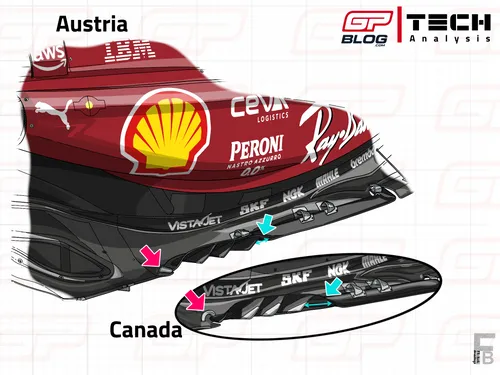
Ferrari's new floor introduced in Austria
The new suspension, however, exploited a big “innate” limit of the SF-25: the car still needs to run at very low ride heights to express its full potential, which can result in excessive plank wear during the race, risking disqualification. As already explained in a dedicated article, that’s exactly what happened during the third stint of the race, when Ferrari’s engineers were forced to set a higher pressure on the hard tyres to slightly increase the height of the car and limit the plank consumption. This consequently translated into a big loss of performance in terms of pace, making Leclerc lose the podium to Russell.
For this reason, the team should now focus on optimising the package for the following races, in order to prevent this from happening again. The Zandvoort layout shouldn’t suit the SF-25, especially due to the very long slow speed corners and the presence of twisty chicanes. However, after the positive step forward demonstrated during the last few races, the performance at the Dutch Grand Prix could be surprising, but it’s likely for them to be the first team behind McLaren, not fighting against them as it happened in Budapest.
Read also
Red Bull will probably suffer at Zandvoort
For what concerns Red Bull Racing, the team had an exceptionally difficult weekend last time out in Hungary, with Verstappen who managed to get only a ninth place during the race, with Tsunoda back in 17th. The RB21 demonstrated to be extremely difficult to drive both in the slow speed and in the medium speed, lacking grip on both axles. This aspect limited the performance of the car, depriving it from going over eighth place in qualifying, the worst of the season.
This performance was quite disappointing also due to the amount of upgrades brought during the previous races: between Austria and Spa-Francorchamps, the engineers almost changed the whole car from an aerodynamic point of view, proving however that the RB21’s performance problem is laying somewhere down deeper than the exterior aspect. As demonstrated in Hungary, the RB21 lacks mechanical grip and stability, especially in the slow speed. This aspect inevitably affects the performance on medium and high downforce circuits, exactly like happened in Austria and Hungary.
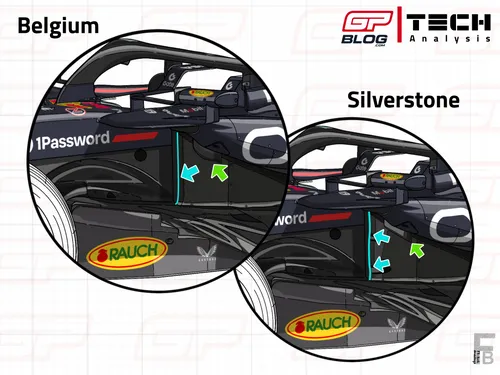
A new cooling inlet was one of Red Bull's updates in Spa-Francorchamps
As a consequence, the first race after the summer break could be particularly difficult for the Dutch World Champion: as already happened in Hungary, the RB21 could struggle a lot through the medium- and slow-speed corners, especially in terms of tyre management. However, an aspect that could help the team is unstable weather conditions: the wet conditions highlight the drivers’ ability to perform over the potential of the car and Verstappen is clearly one of the most talented drivers from this point of view.
Read also
Mercedes is a big question mark
Last but not least, Mercedes had an up and down first half of the season: up until Imola, Russell was able to get four podiums, but the scenario drastically changed when the revised rear suspension was introduced in Imola, as the W16 became more and more difficult to drive, especially in medium- and high-speed corners. The new component, however, provided much more stability longitudinally (i.e. in braking and traction), making the car very strong on stop-and-go circuits, like in Montreal, where Russell won and Antonelli got the first podium of his career.
Apart from that performance, the car suffered a lot on more traditional circuits, characterised by a variety of slow-speed, medium-speed and high-speed corners. As a consequence, from Hungary onwards the team decided to come back to the old suspension design, which guaranteed a better balance and more stability through corners phases. The results were immediate, with Russell able to get his first podium after three races and with Antonelli back in the points.
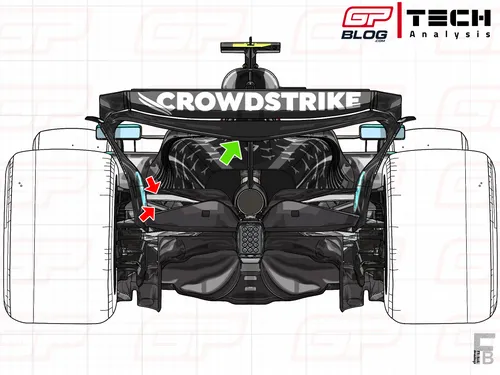
W16's rear suspension and efficient rear wing design
For the Dutch Grand Prix, Mercedes is still a big question mark: despite the rear suspension choices, the W16 is still characterised by a very narrow operating window, which makes extremely difficult for engineers to find the perfect balance (and conditions) that make the car enter that and work at its maximum potential. Thus, it’ll depend a lot on the conditions of the weekend, even though the high stress put on the tyres could be an enemy for Mercedes: the W16 suffered to keep the tyre temperature under control during the race, causing them to overheat and lose a lot of performance. A big help for the team could come from the typical Zandvoort cooler temperatures, which could help them better manage the temperatures during the race.
In conclusion, the upcoming Dutch Grand Prix is definitely going to be spectacular, not only from the fans’ point of view, but also from the technical side, as many interesting questions could receive an answer during this weekend.
Read also
Read more about:
Rumors
Popular on GPBlog

1
Madring doubts in 2026 as delays put new F1 street race at risk
3747 times read
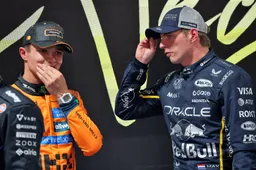
2
Verstappen stands by past comments on Norris: ‘I meant what I said’
1741 times read
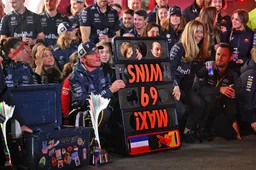
3
Red Bull fires playful shot at McLaren following Las Vegas GP DSQ
1458 times read
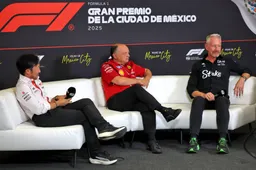
4
F1 team boss says Qatar race risks being 'destroyed' after special rule
1341 times read
Loading
